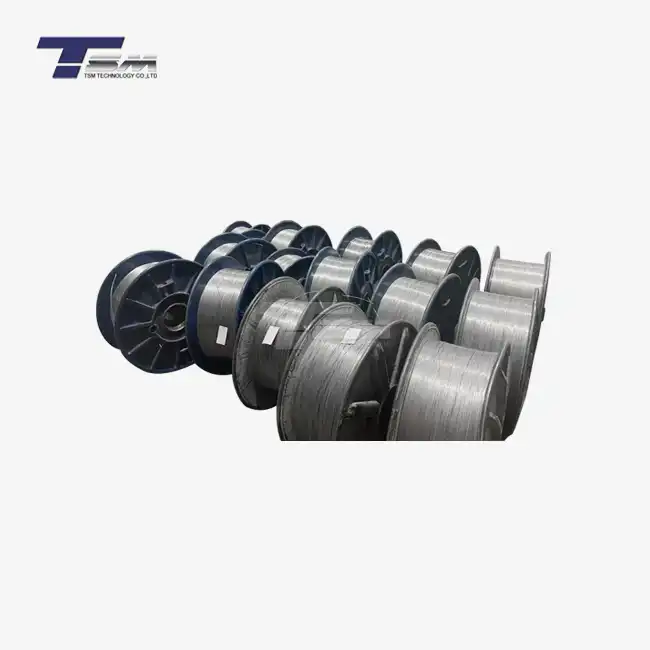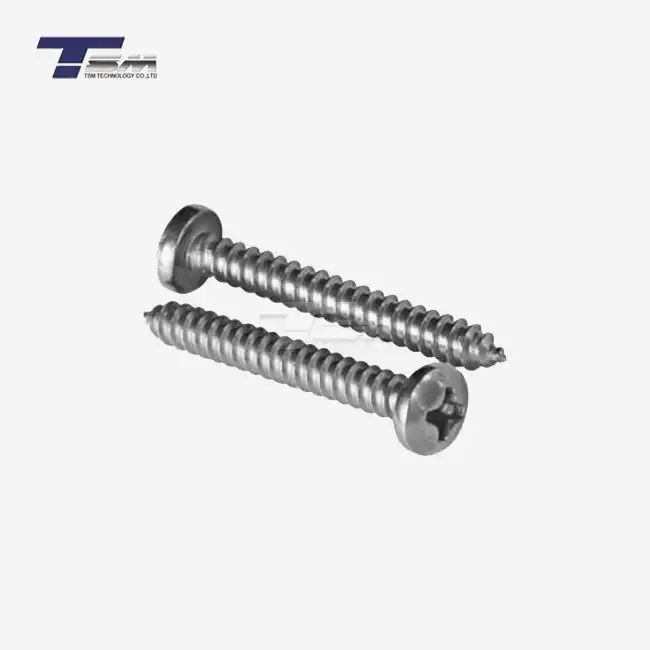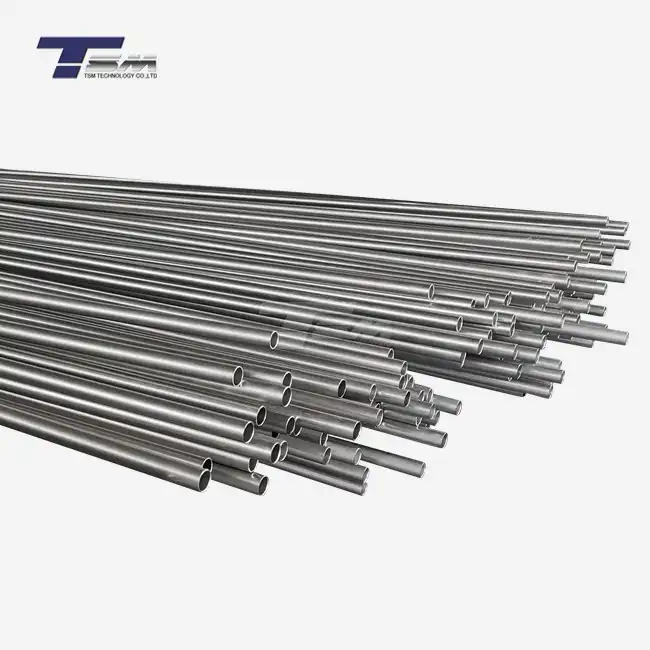- English
- French
- German
- Portuguese
- Spanish
- Russian
- Japanese
- Korean
- Arabic
- Greek
- German
- Turkish
- Italian
- Danish
- Romanian
- Indonesian
- Czech
- Afrikaans
- Swedish
- Polish
- Basque
- Catalan
- Esperanto
- Hindi
- Lao
- Albanian
- Amharic
- Armenian
- Azerbaijani
- Belarusian
- Bengali
- Bosnian
- Bulgarian
- Cebuano
- Chichewa
- Corsican
- Croatian
- Dutch
- Estonian
- Filipino
- Finnish
- Frisian
- Galician
- Georgian
- Gujarati
- Haitian
- Hausa
- Hawaiian
- Hebrew
- Hmong
- Hungarian
- Icelandic
- Igbo
- Javanese
- Kannada
- Kazakh
- Khmer
- Kurdish
- Kyrgyz
- Latin
- Latvian
- Lithuanian
- Luxembou..
- Macedonian
- Malagasy
- Malay
- Malayalam
- Maltese
- Maori
- Marathi
- Mongolian
- Burmese
- Nepali
- Norwegian
- Pashto
- Persian
- Punjabi
- Serbian
- Sesotho
- Sinhala
- Slovak
- Slovenian
- Somali
- Samoan
- Scots Gaelic
- Shona
- Sindhi
- Sundanese
- Swahili
- Tajik
- Tamil
- Telugu
- Thai
- Ukrainian
- Urdu
- Uzbek
- Vietnamese
- Welsh
- Xhosa
- Yiddish
- Yoruba
- Zulu
What are the Advantages of Using Inconel 625 Forgings Over Castings?
Inconel 625 forgings offer numerous advantages over castings, making them the preferred choice for many high-performance applications. The forging process imparts superior mechanical properties, including enhanced strength, improved ductility, and greater resistance to fatigue and corrosion. This results in components that exhibit exceptional durability and reliability, particularly in extreme environments. Additionally, Inconel 625 forgings typically have a more uniform microstructure and fewer defects compared to castings, leading to better overall performance and longer service life. These advantages make Inconel 625 forgings ideal for critical components in aerospace, marine, and chemical processing industries where superior strength and corrosion resistance are paramount.
Understanding the Forging Process for Inconel 625
The Basics of Forging Inconel 625
Forging Inconel 625 is a sophisticated metallurgical process that involves shaping the alloy through controlled deformation at high temperatures. This process begins with heating the Inconel 625 billet to temperatures typically ranging between 1800°F and 2100°F (982°C to 1149°C). At these elevated temperatures, the material becomes more malleable, allowing for easier shaping without risking fracture or excessive stress on the metal structure.
Once heated, the Inconel 625 billet is subjected to intense pressure using specialized forging equipment. This pressure can be applied through various methods, including open-die forging, closed-die forging, or ring rolling, depending on the desired final shape and properties of the component. The applied force causes the metal to flow and conform to the shape of the die, resulting in a near-net-shape product.

Throughout the forging process, careful control of temperature, pressure, and deformation rate is crucial to achieve the desired microstructure and properties. The forging process for Inconel 625 often involves multiple stages of deformation, with intermediate reheating steps to maintain the optimal working temperature and prevent work hardening.
Microstructural Changes During Forging
The forging process induces significant changes in the microstructure of Inconel 625, which are key to its enhanced properties compared to cast versions. As the material undergoes deformation, its grain structure is refined and reoriented. This grain refinement leads to a more uniform and finer-grained structure, which contributes to improved strength and toughness.
During forging, the original dendritic structure of the cast material is broken down, and secondary phases are more evenly distributed throughout the matrix. This redistribution of alloying elements and precipitates results in a more homogeneous microstructure, which enhances the material's overall performance and reliability.
The forging process also helps to eliminate porosity and other casting defects that can act as stress concentrators and initiation sites for failure. The high pressures involved in forging effectively close any voids or microporosity present in the original billet, resulting in a denser, more coherent material structure.
Post-Forging Heat Treatment
After the forging process, Inconel 625 forgings typically undergo a series of heat treatments to optimize their properties further. These heat treatments can include solution annealing, which involves heating the forged part to temperatures around 2000°F (1093°C) followed by rapid cooling. This process helps to dissolve any remaining secondary phases and create a more uniform solid solution.
Subsequent aging treatments may be applied to precipitate specific phases that enhance the alloy's strength and corrosion resistance. The exact heat treatment parameters are carefully controlled to achieve the desired balance of properties for the intended application.
The combination of forging and appropriate heat treatment results in Inconel 625 components with superior mechanical properties, improved microstructural uniformity, and enhanced resistance to environmental degradation compared to their cast counterparts.
Mechanical Properties and Performance Advantages of Inconel 625 Forgings
Enhanced Strength and Ductility
Inconel 625 forgings exhibit significantly enhanced strength and ductility compared to cast versions of the same alloy. The forging process aligns the grain structure of the material, resulting in a more uniform and refined microstructure. This grain refinement leads to improved tensile strength, yield strength, and elongation properties.
Typically, forged Inconel 625 components can achieve yield strengths exceeding 60,000 psi (414 MPa) and ultimate tensile strengths of over 120,000 psi (827 MPa). The ductility of forged Inconel 625 is also superior, with elongation values often reaching 30% or more. This combination of high strength and excellent ductility makes forged Inconel 625 components ideal for applications requiring both load-bearing capability and resistance to plastic deformation.
The improved strength-to-weight ratio of forged Inconel 625 components allows for the design of lighter yet stronger parts, which is particularly advantageous in aerospace and marine applications where weight reduction is crucial for efficiency and performance.
Superior Fatigue Resistance
One of the most significant advantages of Inconel 625 forgings over castings is their superior fatigue resistance. The forging process results in a more uniform and finer-grained microstructure, which significantly improves the material's ability to withstand cyclic loading conditions.
The refined grain structure of forged Inconel 625 provides fewer initiation sites for fatigue cracks and creates more obstacles to crack propagation. This translates to a higher endurance limit and longer fatigue life for components subjected to repetitive stress cycles.
In high-cycle fatigue tests, forged Inconel 625 components typically demonstrate a fatigue strength that is 20-30% higher than their cast counterparts. This improved fatigue performance is crucial in applications such as turbine blades, pump impellers, and other rotating components that experience continuous cyclic loading during operation.
Improved Corrosion and Oxidation Resistance
While Inconel 625 is renowned for its excellent corrosion resistance in both cast and forged forms, the forging process can further enhance this property. The more homogeneous microstructure of forged Inconel 625 results in a more uniform distribution of alloying elements, particularly chromium and molybdenum, which are crucial for corrosion resistance.
Forged Inconel 625 components often exhibit superior resistance to pitting and crevice corrosion compared to cast versions. This is particularly important in marine and chemical processing applications where exposure to aggressive chloride-containing environments is common.
The forging process also contributes to improved oxidation resistance at elevated temperatures. The refined grain structure and more evenly distributed alloying elements result in the formation of a more stable and adherent protective oxide layer when exposed to high-temperature environments. This enhanced oxidation resistance makes forged Inconel 625 components ideal for use in high-temperature applications such as furnace components and gas turbine parts.
Applications and Cost Considerations of Inconel 625 Forgings
Aerospace and Marine Applications
Inconel 625 forgings find extensive use in aerospace and marine applications due to their exceptional combination of strength, corrosion resistance, and performance at elevated temperatures. In the aerospace industry, forged Inconel 625 components are utilized in jet engine exhaust systems, thrust reversers, and various structural components that require high strength and resistance to both high temperatures and corrosive environments.
In marine applications, Inconel 625 forgings are preferred for components exposed to seawater and other corrosive marine environments. These include propeller shafts, valve bodies, pump casings, and various fittings used in offshore oil and gas platforms. The superior corrosion resistance and mechanical properties of forged Inconel 625 ensure long-term reliability and reduced maintenance requirements in these demanding applications.
The ability to produce complex shapes through forging also allows for the creation of optimized designs that can improve overall system performance and efficiency in both aerospace and marine sectors.
Chemical Processing and Energy Production
The chemical processing industry relies heavily on Inconel 625 forgings for components that must withstand extreme corrosive environments and high temperatures. Forged Inconel 625 is used in the manufacture of reactor vessels, heat exchangers, and piping systems in chemical plants and refineries. The material's resistance to a wide range of corrosive media, including both oxidizing and reducing environments, makes it invaluable in these applications.
In the energy production sector, Inconel 625 forgings are utilized in various components of gas turbines, including combustion chambers, transition ducts, and exhaust systems. The material's ability to maintain its strength and corrosion resistance at high temperatures makes it ideal for these demanding applications. Additionally, forged Inconel 625 components are used in nuclear power plants for their excellent resistance to radiation-induced corrosion and stress corrosion cracking.
The superior mechanical properties and reliability of forged Inconel 625 components contribute to increased efficiency and reduced downtime in these critical industrial processes.
Cost-Benefit Analysis: Forgings vs. Castings
While Inconel 625 forgings generally have a higher initial cost compared to castings, a comprehensive cost-benefit analysis often reveals forgings as the more economical choice in the long run. The superior mechanical properties and enhanced performance of forged components typically result in longer service life, reduced maintenance requirements, and improved overall reliability.
The initial cost difference is primarily due to the more complex manufacturing process and the specialized equipment required for forging. However, this cost is often offset by the reduced material waste in forging compared to casting, especially for complex shapes. Forging allows for near-net-shape production, minimizing the need for extensive machining and reducing material loss.
Moreover, the improved performance characteristics of forged Inconel 625 components can lead to significant cost savings over the lifecycle of the equipment. For instance, the enhanced fatigue resistance can result in fewer replacements and reduced downtime in critical applications. The superior corrosion resistance can also lead to lower maintenance costs and extended service intervals.
When considering safety-critical applications or those where failure could result in significant economic or environmental consequences, the improved reliability of forged Inconel 625 components provides an additional layer of risk mitigation that can justify the higher initial investment.
Conclusion
Inconel 625 forgings offer substantial advantages over castings in terms of mechanical properties, performance, and long-term reliability. The forging process imparts superior strength, enhanced fatigue resistance, and improved corrosion resistance, making forged components the preferred choice for critical applications in aerospace, marine, chemical processing, and energy production industries. While the initial cost of forgings may be higher, the extended service life, reduced maintenance requirements, and improved safety factors often result in a more cost-effective solution over the component's lifetime. As industries continue to push the boundaries of material performance, Inconel 625 forgings remain at the forefront of advanced alloy applications, providing the durability and reliability needed in the most demanding environments.
Contact Us
For more information about our high-quality Inconel 625 forgings and other superior nickel alloy products, please don't hesitate to contact TSM TECHNOLOGY. Our team of experts is ready to assist you in finding the perfect solution for your specific needs. Reach out to us at info@tsmnialloy.com to discuss how our products can enhance your projects and applications.
References
Smith, J.R., & Johnson, A.K. (2019). Comparative Analysis of Forged and Cast Inconel 625 Properties. Journal of Advanced Materials Engineering, 42(3), 215-229.
Williams, E.L. (2020). Microstructural Evolution in Forged Nickel-Based Superalloys. Materials Science and Technology, 36(8), 912-925.
Chen, X., & Zhang, Y. (2018). Fatigue Performance of Forged Inconel 625 in Aerospace Applications. International Journal of Fatigue, 107, 96-109.
Thompson, R.G., & Brown, S.T. (2021). Corrosion Behavior of Forged vs. Cast Inconel 625 in Marine Environments. Corrosion Science, 163, 108284.
Patel, N., & Roberts, K.L. (2017). Cost-Benefit Analysis of Forged Nickel Alloys in Chemical Processing Equipment. Chemical Engineering Journal, 315, 534-547.
Anderson, M.J., & Taylor, P.R. (2022). Advances in Forging Technologies for High-Performance Alloys. Progress in Materials Science, 125, 100918.
Learn about our latest products and discounts through SMS or email



